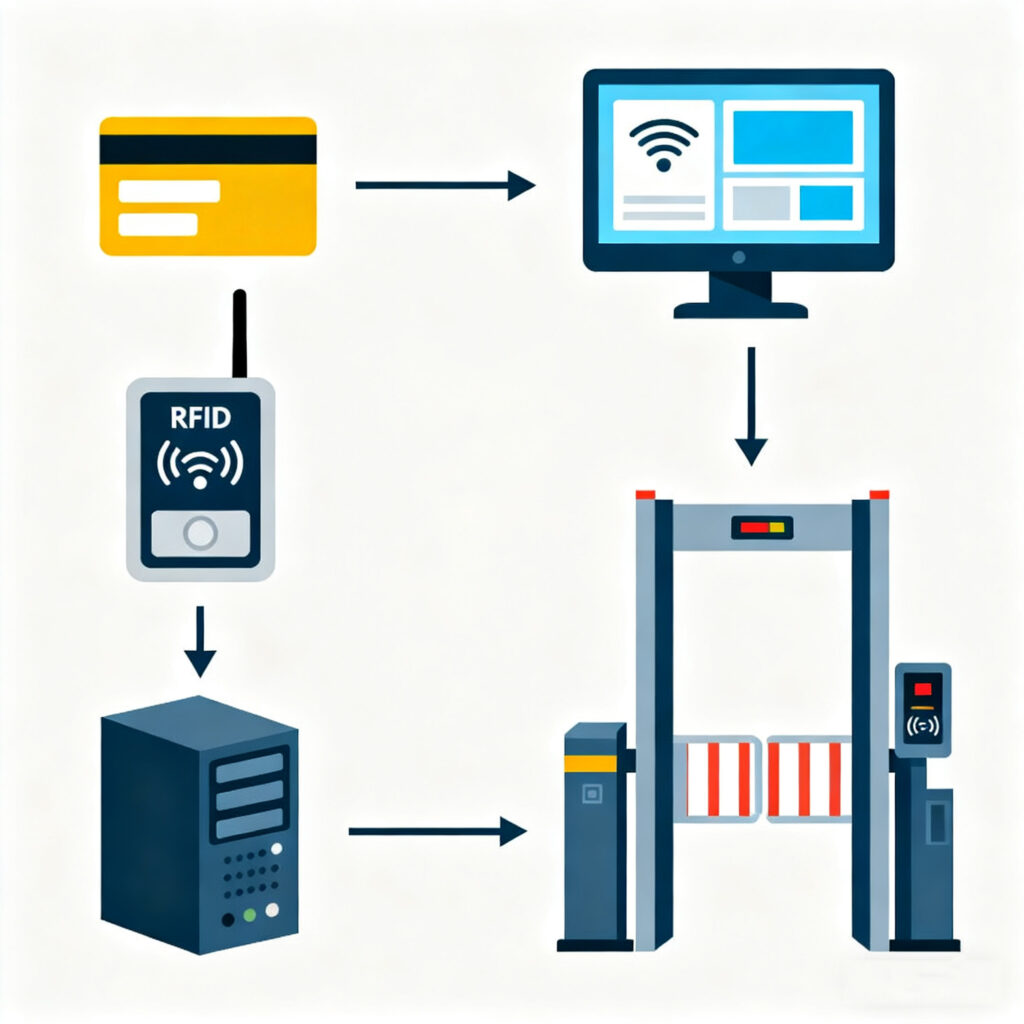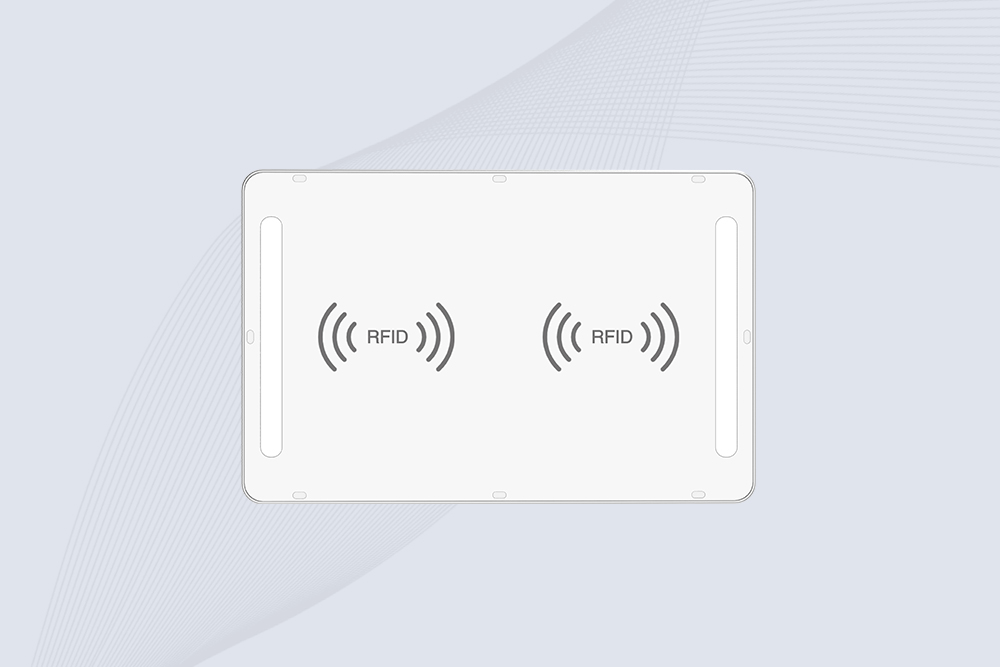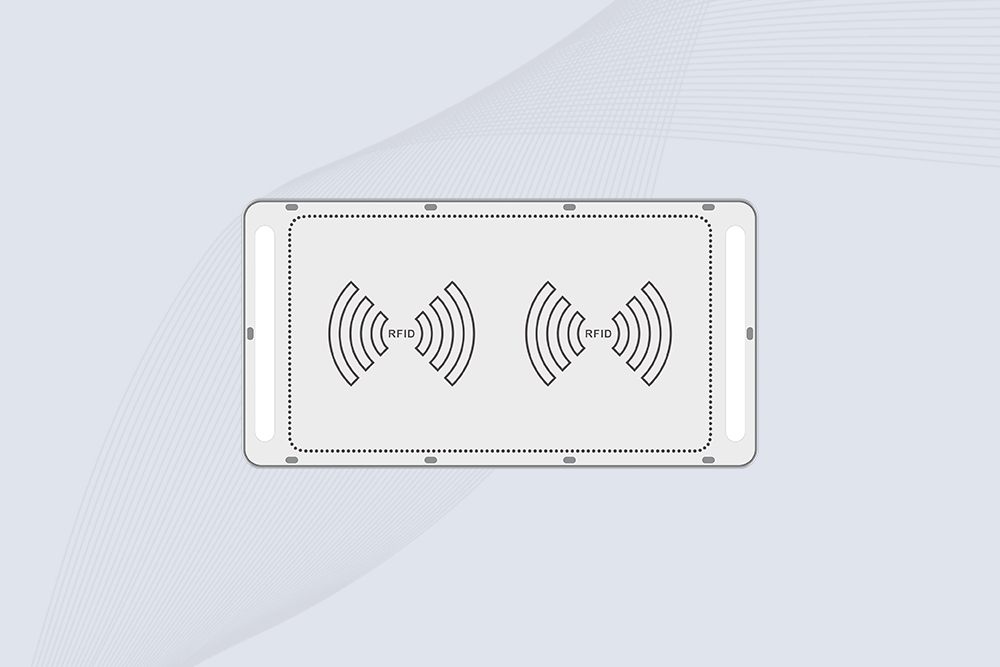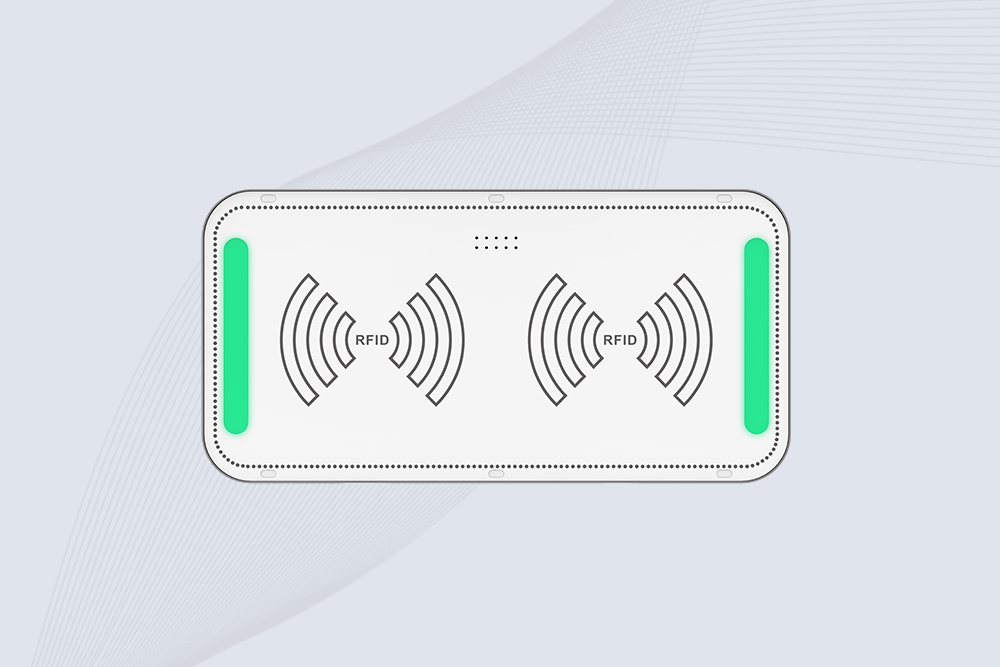What Is RFID Programmer and How It Actually Works
191Learn what an RFID programmer does, how it writes and configures RFID tags, and where it’s used in real applications like retail, logistics, and animal tracking.
MoreAll RFID Product
A few months ago, I visited a mid-sized warehouse. Trucks kept coming and going, and at the entrance, a gate slid open automatically for each authorized vehicle. No guards checking IDs, no delays—everything was recorded automatically. That’s an RFID gate access control system at work.
At its simplest, the system allows authorized people or vehicles to enter without keys. Each person or vehicle carries a small tag, card, or fob. When it comes near a reader at a gate or door, the system checks the ID. If it’s allowed, the gate opens. If not, it stays closed. Every entry is logged, making tracking easy.

For example: an employee drives to the office parking lot. They wave their RFID card near the reader, the barrier lifts, and the system records the time. Later, the same system logs which employees entered specific areas inside the building. It works seamlessly for both vehicles and people.
A typical setup has four parts:
In practice, outdoor gates need weatherproof readers. Indoor doors don’t. A single system can control multiple gates, manage parking lots, or integrate with visitor management software.
Take a warehouse I visited recently: delivery trucks arrive all day. Without RFID, guards would check every truck manually, leading to delays and mistakes. With RFID, gates open automatically, and the system records everything. Employees inside the office can see exactly when trucks arrived and departed.
Even the best system needs planning:
I also saw a residential complex where residents’ cars had RFID stickers. Visitors got temporary passes valid only for a few hours. It worked so well that residents rarely waited more than 10 seconds at the gate, even during peak hours.

The difference is subtle but noticeable. With keys or codes, you wait, check, or manually record. With RFID, it’s effortless, almost invisible. That’s why so many organizations are adopting it.
A well-designed RFID gate access control system makes life simpler. People move faster, vehicles flow smoothly, and security staff can focus on real issues rather than routine checks. For offices, warehouses, or gated communities, it’s not just about security—it’s about convenience and efficiency.

Cykeo’s CK-T1D industrial RFID ceiling reader features 500 tags/sec scanning, IP54 protection, and -20℃~60℃ operation for retail/warehouse security. Supports ISO18000-6C and GB/T29768 protocols.

Cykeo’s ceiling-mounted RFID reader enables hands-free 5m inventory tracking with 500 tags/min speed. Features dual alerts, ERP integration, and IP54 rating for warehouse security.

Cykeo CK-T1E RFID gate system features 120° coverage, AI motion filtering, and 5m detection for retail/warehouse security. IP67 rugged design with ERP integration.

Cykeo CK-T1A industrial ceiling RFID system offers 10-20m read range, 500+ tags/sec speed, and IP65 protection for smart warehousing. Supports multi-protocol integration and real-time inventory alerts.
Learn what an RFID programmer does, how it writes and configures RFID tags, and where it’s used in real applications like retail, logistics, and animal tracking.
MoreCompare RFID and NFC technologies for asset tracking, payments, and more. Discover which wireless solution fits healthcare, retail, or manufacturing.
MoreDiscover actionable strategies to maximize warehouse efficiency using handheld RFID scanners—reduce errors, save time, and optimize inventory management.
MoreTamper proof RFID tags combine wireless identification with anti-tampering features. Once removed, they become invalid immediately. Widely used in asset authentication, logistics sealing, and high-value equipment monitoring. Cykeo offers customiza...
More